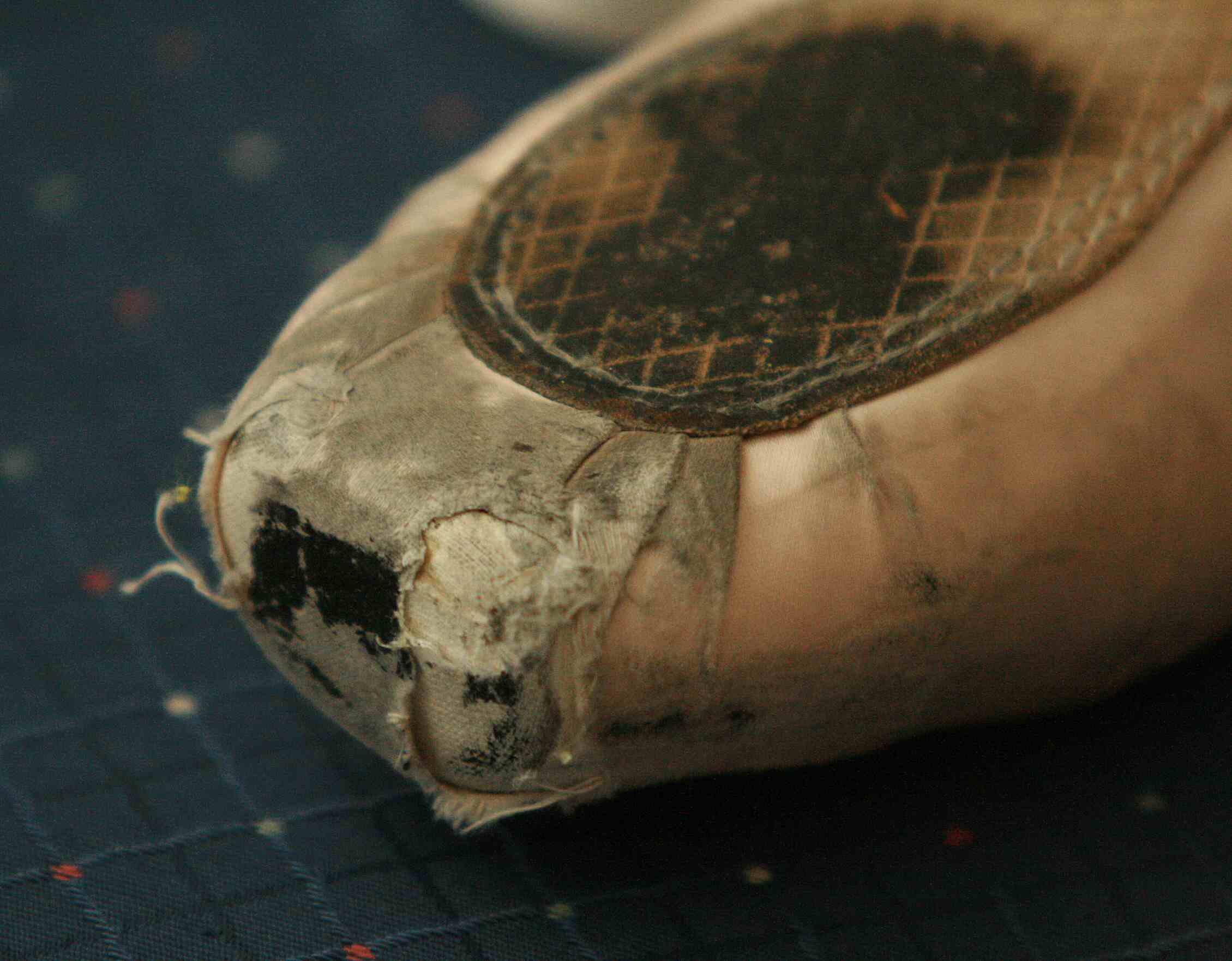 Dance injuries can unfortunately be common; whilst many can be rectified with rehabilitation, it can often be helpful to work hard at avoiding injury altogether. Certain precautions can be taken before, during and after class in order to limit any damage you may do to your body whilst dancing. You only have one!
Dance injuries can unfortunately be common; whilst many can be rectified with rehabilitation, it can often be helpful to work hard at avoiding injury altogether. Certain precautions can be taken before, during and after class in order to limit any damage you may do to your body whilst dancing. You only have one!
Do not wear ill-fitting footwear to class: whilst this seems like common sense many dancers continue to work in shoes that don’t fit their feet properly, or have simply worn out. Every brand of footwear is different, as well as considering how different pairs of technique shoes are! Have new shoes fitted by a professional before you know the brand and style that suits you. Check that your toes are snug, however shoes that are too tight do not allow you to distribute weight evenly throughout your feet. Equally you don’t want to dance gripping your toes to keep the shoe on.
Ballet teachers should decide when a student should go on pointe to avoid unnecessary damage to the dancer. However eager students and parents can mean this happens earlier in a dancer’s training than it should. Dancers need a strong foundation of technique and strength before they begin pointe work, knowing how to use their plié, articulate their feet, pull up and out of their hips, and how to control the work. Compromising the strength and alignment of the ankles and knees will only lead to injury and could affect all areas of dance, not just pointe work in ballet.
Work hard to maintain and then improve your technique in order to avoid injury. ‘Cheating’ movements or positions will mean your body is not working in the correct way, such as twisting your knees or ankles. For ballet, basic technique means turning out from the hips and not forcing the body to work beyond its limitations. This cannot be sustained and will just cause problems in the future, if not then and there in the studio.
